Year 2
The English curriculum is built around the three interrelated strands of language, literature and literacy. Teaching and learning programs should balance and integrate all three strands. Together, the strands focus on developing students' knowledge, understanding and skills in listening, reading, viewing, speaking, writing and creating. Learning in English builds on concepts, skills and processes developed in earlier years, and teachers will revisit and strengthen these as needed.
In Year 2, students communicate with peers, teachers, students from other classes and community members.
Students engage with a variety of texts for enjoyment. They listen to, read, view and interpret spoken, written and multimodal texts in which the primary purpose is to entertain, as well as texts designed to inform and persuade. These encompass traditional oral texts, picture books, various types of print and digital stories, simple chapter books, rhyming verse, poetry, non-fiction, film, multimodal texts, dramatic performances and texts used by students as models for constructing their own work.
The range of literary texts for Foundation to Year 10 comprises Australian literature, including the oral narrative traditions of Aboriginal and Torres Strait Islander Peoples, as well as the contemporary literature of these two cultural groups, and classic and contemporary world literature, including texts from and about Asia.
Literary texts that support and extend Year 2 students as independent readers involve sequences of events that span several pages and present unusual happenings within a framework of familiar experiences. Informative texts present new content about topics of interest and topics being studied in other areas of the curriculum. These texts include language features such as varied sentence structures, some unfamiliar vocabulary, a significant number of high-frequency sight words and words that need to be decoded phonically, and a range of punctuation conventions, as well as illustrations and diagrams that support and extend the printed text.
Students create a range of imaginative, informative and persuasive texts including imaginative retellings, reports, performances, poetry and expositions.
(source: www.australiancurriculum.edu.au)
Achievement Standard
Receptive modes (listening, reading and viewing)
By the end of Year 2, students understand how similar texts share characteristics by identifying text structures and language features used to describe characters and events, or to communicate factual information.
They read texts that contain varied sentence structures, some unfamiliar vocabulary, a significant number of high-frequency sight words and images that provide extra information. They monitor meaning and self-correct using knowledge of phonics, syntax, punctuation, semantics and context. They use knowledge of a wide variety of letter-sound relationships to read words of one or more syllables with fluency. They identify literal and implied meaning, main ideas and supporting detail. Students make connections between texts by comparing content. They listen for particular purposes. They listen for and manipulate sound combinations and rhythmic sound patterns.
Productive modes (speaking, writing and creating)
When discussing their ideas and experiences, students use everyday language features and topic-specific vocabulary. They explain their preferences for aspects of texts using other texts as comparisons. They create texts that show how images support the meaning of the text.
Students create texts, drawing on their own experiences, their imagination and information they have learnt. They use a variety of strategies to engage in group and class discussions and make presentations. They accurately spell words with regular spelling patterns and spell words with less common long vowel patterns. They use punctuation accurately, and write words and sentences legibly using unjoined upper- and lower-case letters.
(source: www.australiancurriculum.edu.au)
- Plus Plan
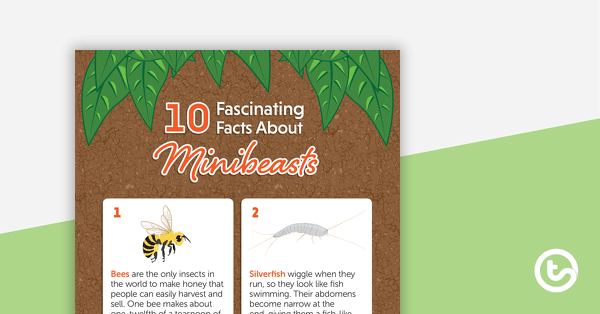
10 Fascinating Facts About Minibeasts – Worksheet
A comprehension worksheet for a fascinating facts article from the Year 2 magazine (Issue 2).
- Plus Plan
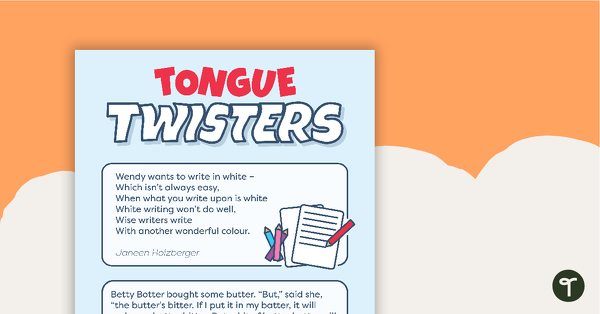
Tongue Twisters – Worksheet
A comprehension worksheet for a magazine article from the Year 1 magazine (Issue 3).
- Plus Plan
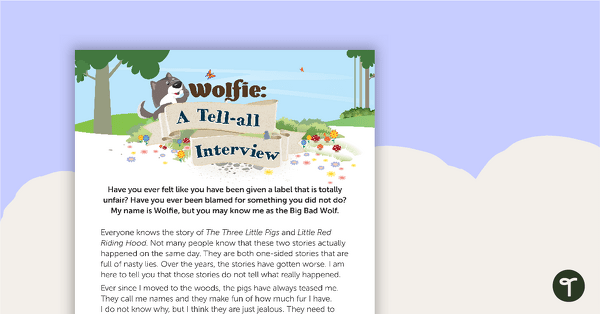
Wolfie: A Tell-all Interview – Worksheet
A comprehension worksheet for a narrative from the Year 2 magazine (Issue 3).
- Plus Plan
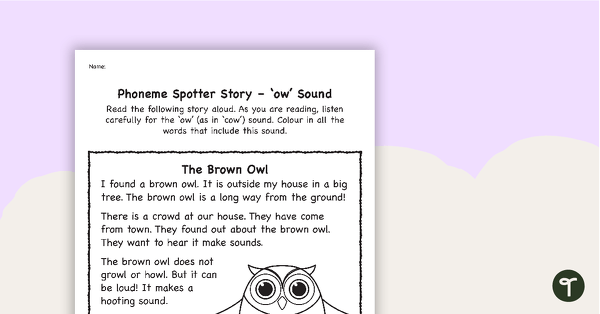
Phoneme Spotter Story – 'ow' Sound
A decodable text featuring various graphemes that make the ‘ow’ sound.
- Free Plan

Letter to the Editor (More Screen Time) – Worksheet
A comprehension worksheet for a magazine article from the Year 2 magazine (Issue 3).
- Plus Plan
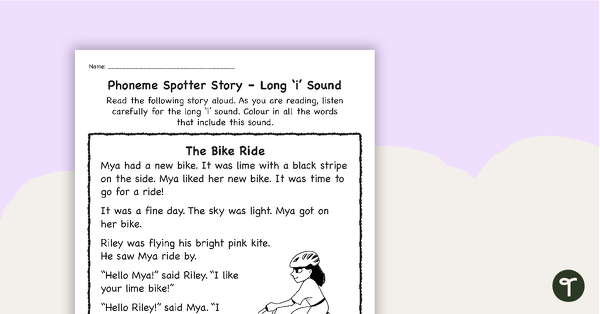
Phoneme Spotter Story – Long 'i' Sound
A decodable text featuring various graphemes that make the long 'i' sound.
- Free Plan
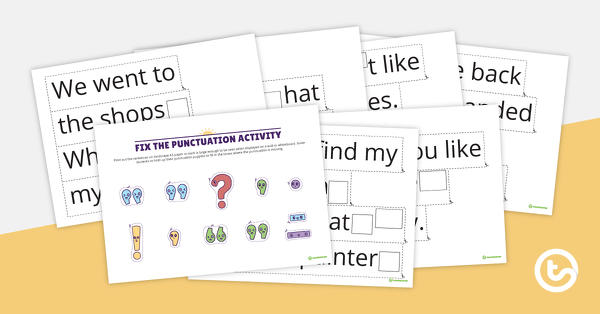
Fix the Punctuation Activity
A cut and match activity to help your students correctly punctuate sentences.
- Plus Plan
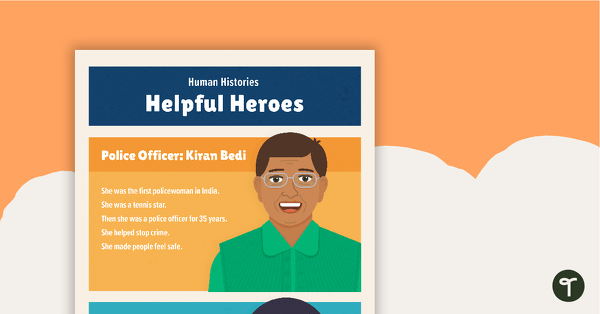
Human Histories: Helpful Heroes – Comprehension Worksheet
A comprehension worksheet for an article about people around the world who have dedicated their lives to helping others.
- Plus Plan
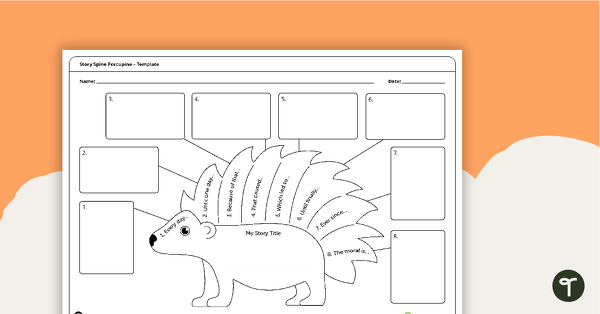
Story Spine Porcupine – Narrative Writing Template
A template designed to help students plan their narrative writing structure.
- Free Plan

What Toy Am I? - Toy Definition Match Up Game
A set of 20 puzzle cards for students to match pictures of toys to their definition.
- Plus Plan
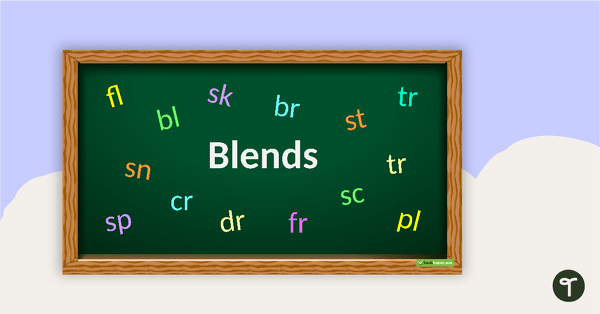
Blends PowerPoint
A 21 slide PowerPoint presentation on different blends.
- Plus Plan
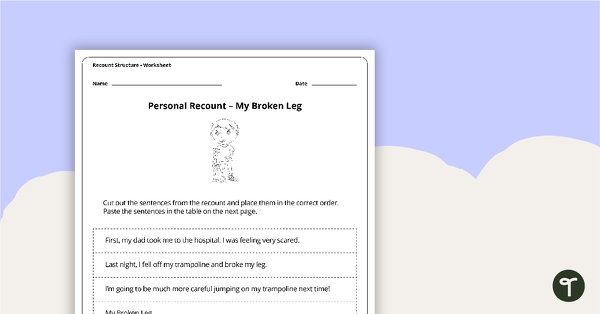
Personal Recount Sequencing Activity - My Broken Leg
A worksheet to use in the classroom when learning the sequence of a personal recount.
- Plus Plan
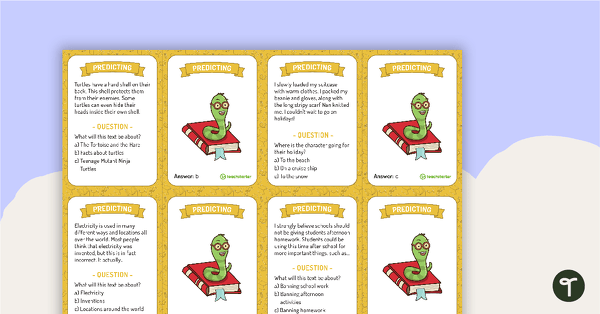
Out of the Book - Comprehension Board Game
A fun comprehension strategy board game for students to play during literacy rotations.
- Plus Plan
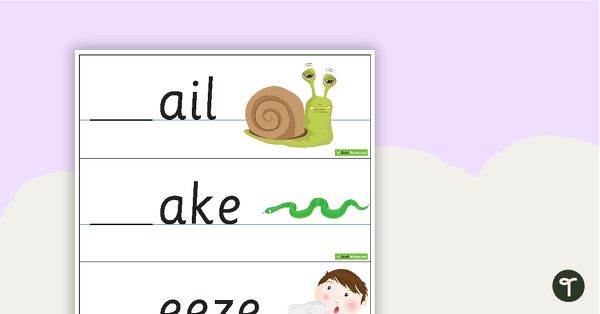
Initial S Blend Cards
A resource to help students identify the S blend at the beginning of a word.
- Plus Plan
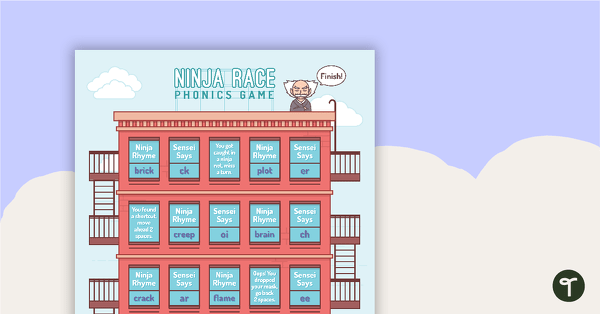
Ninja Race Phonics Game
A fun, engaging board game to consolidate students' understanding of digraphs and rhyme.
- Free Plan
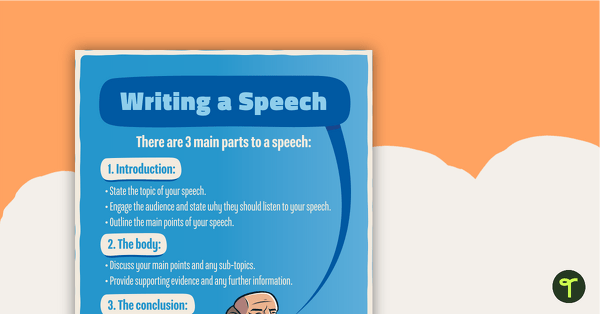
Writing a Speech Poster
A poster highlighting the main parts to a speech.
- Plus Plan
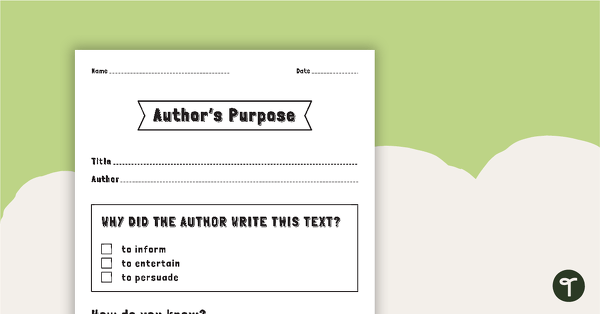
Author's Purpose Worksheet
A teaching resource to help teach your students the different reasons authors may write.
- Plus Plan
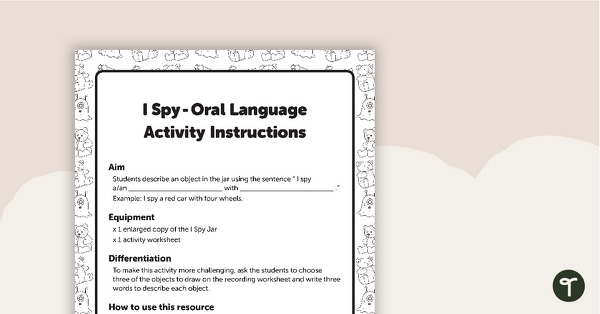
I Spy - Oral Language Activity
A fun activity to encourage the development of oral language.
- Plus Plan
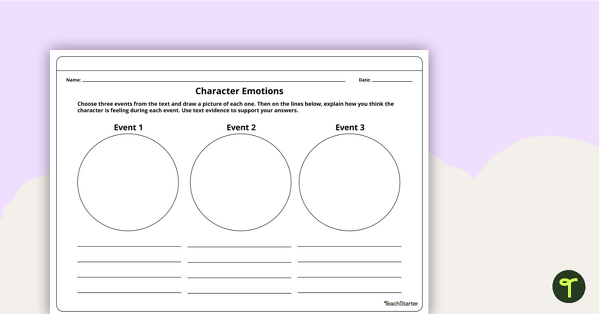
Character Emotions Worksheet
Make inferences about character's feelings with this one-page worksheet.
- Plus Plan
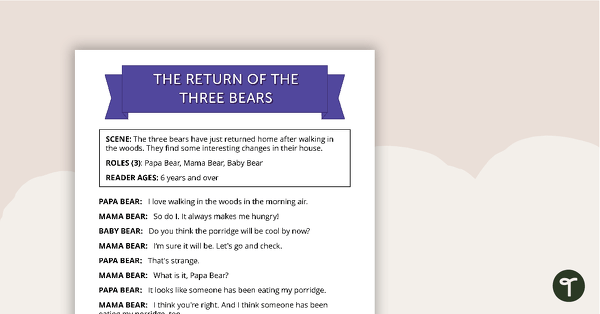
Comprehension - Return of the Three Bears
A fun script and set of questions to help students develop reading and comprehension strategies.
- Plus Plan
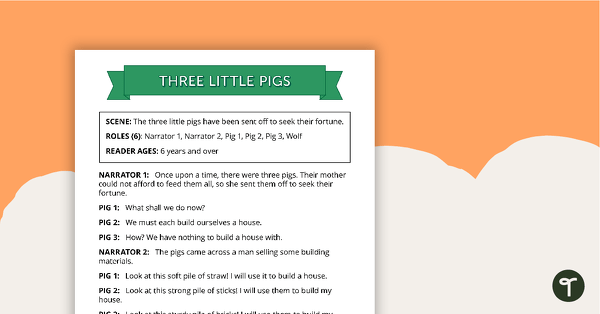
Comprehension - Three Little Pigs
A fun script and set of questions to help students develop reading and comprehension strategies.
- Plus Plan
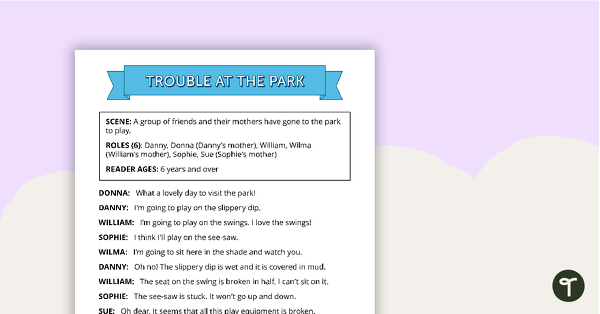
Comprehension - Trouble at the Park
A fun script and set of questions to help students develop reading and comprehension strategies.
- Plus Plan
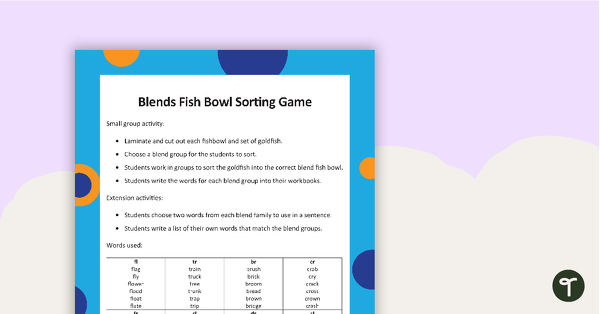
Consonant Blends Fishbowl Sorting Activity
A small group or whole class sorting game to consolidate the learning of beginning consonant blends.
- Free Plan

Activating Prior Knowledge - Comprehension Strategy Poster
A poster explaining how to activate prior knowledge before reading.
- Plus Plan
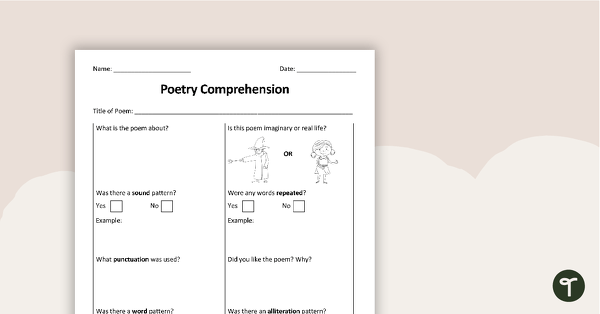
Poetry Comprehension Worksheet
A generic poetry comprehension worksheet.
- Plus Plan
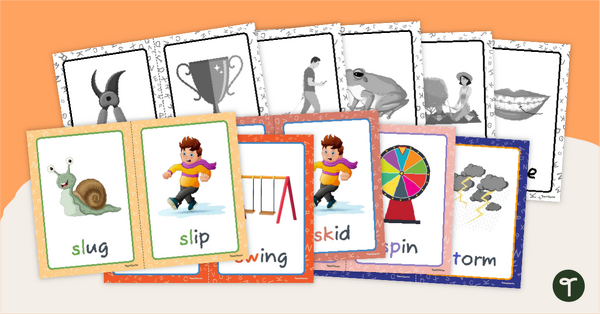
S-Blends Blending Flashcards
Practise blending s-blends with this set of blending s word cards.
- Plus Plan
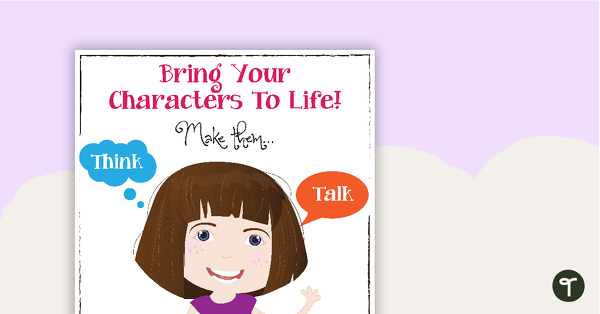
Bring Your Characters To Life Poster
A poster to remind your students to add detail and description to their writing to bring their characters to life.
- Plus Plan
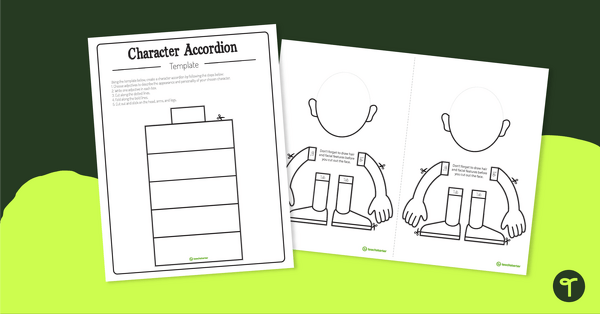
Character Adjective Concertina Template – Blank
Learn how adjectives can be used to describe a character's appearance and personality with a hands-on craft activity aligned to the English curriculum.
- Plus Plan
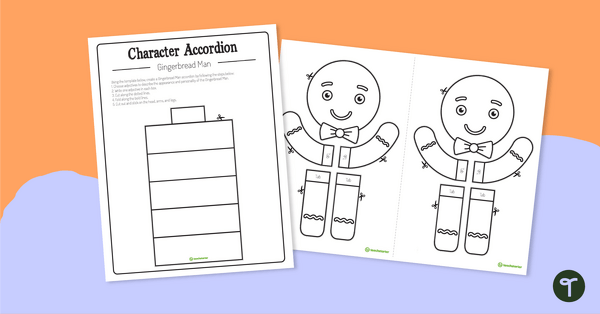
Character Adjective Concertina Template – The Gingerbread Man
Learn how adjectives can be used to describe a character's appearance and personality with a hands-on craft activity aligned to the English curriculum.
- Plus Plan

Punctuation Sentence Challenge Worksheet
A teaching resource to help consolidate the students’ knowledge of punctuation.
- Plus Plan
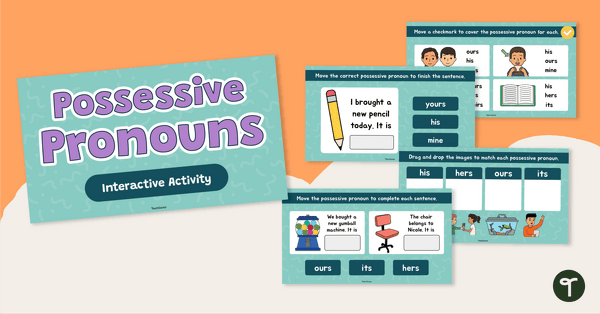
Possessive Pronouns Interactive Activity
Use these digital possessive pronouns exercises in your grammar lessons to give your students practice in using these essential parts of speech.
- Plus Plan
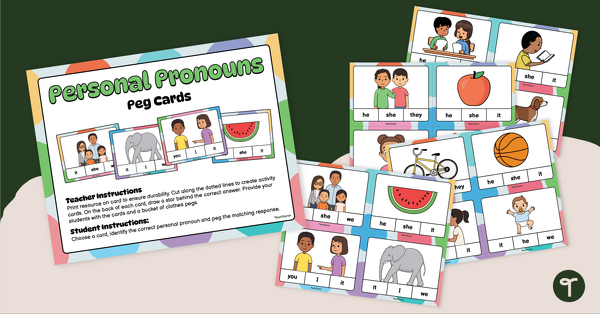
Personal Pronouns Peg Cards
Use these personal pronouns peg cards in your early years classroom when teaching students about parts of speech.